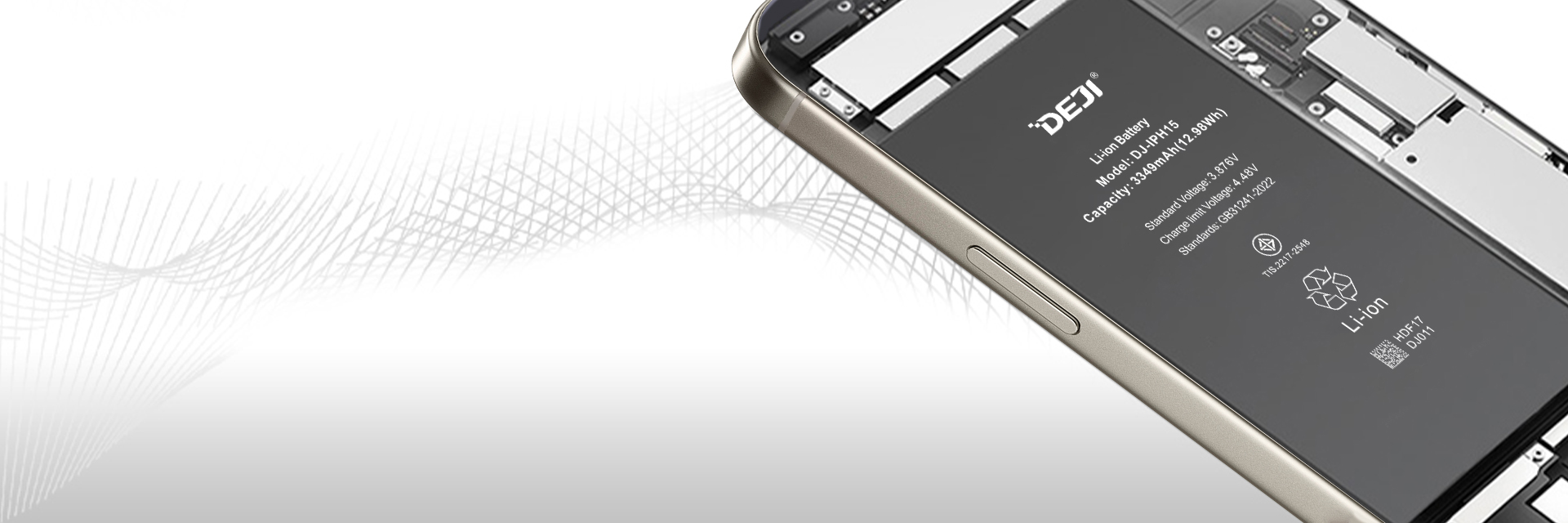These days we can’t live more than a quarter without seeing a cell phone in use. Considering the fact that just 20 years ago the cell phone was a bulky, seldom used accessory, these marvelous communication devices are a ‘must have device’ in today’s internet and computer-crazy world.
At the same time, battery of mobile phone has undergo great changes during these years.
According to report, the very first cell phone was used in 1946 by the Swedish Police Department. This phone worked using the principles of radio transmissions and was good for six calls before the battery died. This first battery for operating a cell phone was actually a car battery that was hooked directly to the phone, instead of being a separate battery like today’s cell phones. Most early cell phones could only be used in a vehicle because they needed such a large amount of battery power as the mobile phone were very large,heavy and bulky.
In 1973, the first prototype of the modern cell phone appeared. The phone was being used independently and it worked in multiple calling regions. These phones looked nothing like the sleek, tiny flip phones and smart phones we have now, and they could only run for 30 minutes without the cell phone battery needing a charge. In addition, these short-lived batteries took a full 100 hours to recharge!
Cell phones began to get more popular and a bit more practical during the 1980s, but they were still mostly used in cars due to the large battery needs of the early models. Few could be carried outside of the car, and the phrase “car phone” was the usual term for these devices. A few were built into briefcases, which could also hold the large cell phone batteries needed to power them.
By the 1990s, cell phones and their batteries were getting smaller and the networks to run them were also being improved. Phone systems such as GSM, TDMA, and CDMA came into existence, and there were even digital phone networks in U.S. and Europe by 1991.These phones could be carried around, and advances in making smaller batteries and computer chips to run them made them weigh between 100 and 200 grams, a big improvement from the 20 to 80-pound bricks of the previous years, or the briefcase-sized cell phone batteries required to run them.
Nickel-Cadmium Cell Phone Batteries
Nickel-cadmium batteries or NiCD were the batteries of choice during the 1980s and ’90s. The main problem was that they were bulky and heavy, and this made the cell phones large and bulky. Moreover, after you recharged them a few times they built up what is called a “memory effect” and they didn’t always hold a charge. This resulted in dead cell phone batteries, which meant spending increasing amounts of money buying more. These batteries also had a tendency to get hot, which caused disturbances, plus one of the ingredients in the batteries was cadmium, which is toxic and a problem to dispose of after the battery dies.
Nickel-Metal Hydride Batteries
The next round of cell phone batteries were nickel-metal hydride, otherwise known as NiMH, which began to be used during the later 1990s. They were non-toxic and had fewer memory effect issues. Plus, this type of battery was thinner and weighed less. Also, they could be recharged in a shorter length of time and they let users talk longer before they died. As the below DEJI battery shows:

Lithium-Ion Batteries
The lithium-ion battery was developed next. They are still in use today. They are thinner and lighter and last longer. It takes even less time to charge them. They can be made into many different shapes and sizes to fit different styles of cell phones, so any company can use them in their mobile devices. There is no memory effect to worry about, so they can be recharged multiple times, and they are safe for the environment. They are, however, much more expensive than the older battery models. Take example: DEJI iphone batteries:

Lithium-Poly Ion Batteries
The newest development in cell phone batteries is the lithium-poly icon, or Li-Poly battery, which has 40 percent more power than the old NiMh batteries. They are super light and have no memory effect issues to cause charging problems. However, these batteries are not commonly used as yet, and they are still fairly rare. All in all, the technologies for the cell phone and its battery have come a long way in a relatively short period of time.
 sales@batterydeji.com
sales@batterydeji.com




